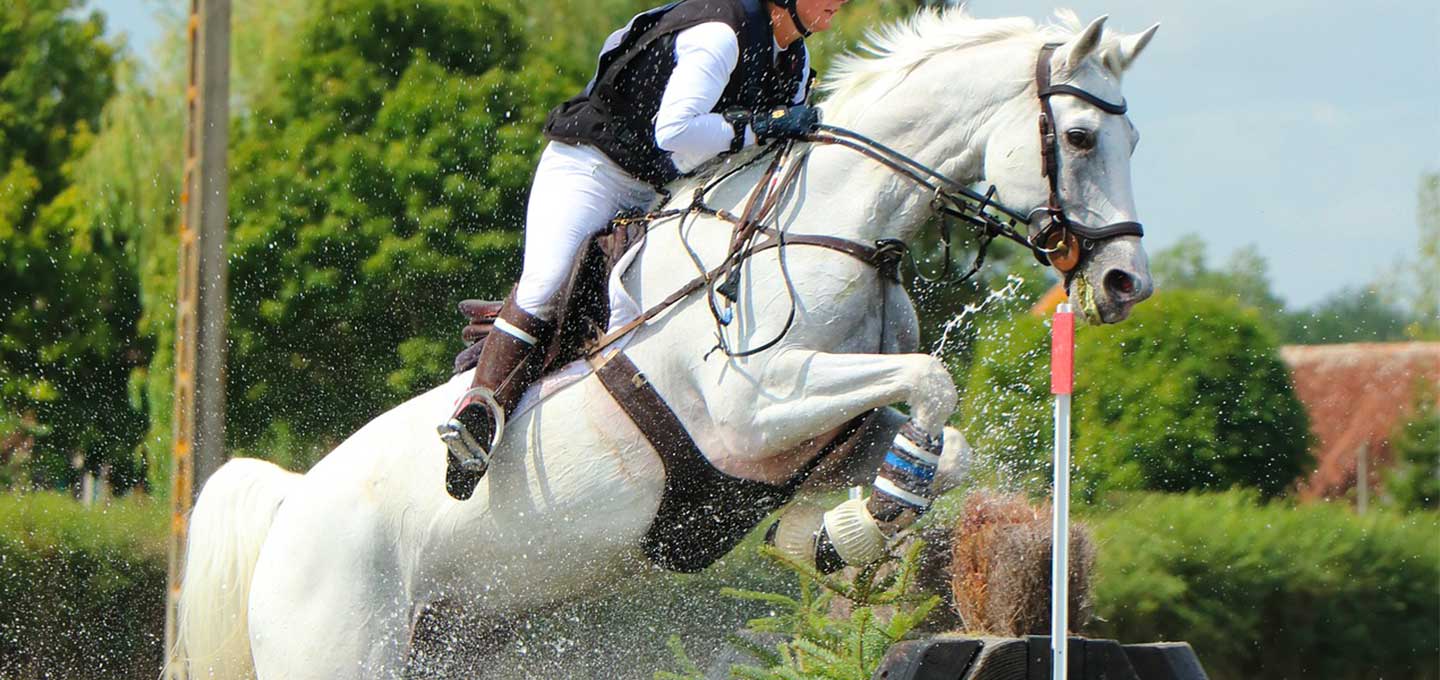Reverdy’s answer
When temperatures start to go up, the question of supplementing with electrolytes arises.
Unlike man, the horse produces a sweat which is hypertonic, that’s to say concentrated in electrolytes which are chloride, sodium, potassium, calcium and magnesium.
The connection between these macro-elements is essential to secure correct cellular functioning at all levels of the body. For example, a non-compensated loss in electrolytes can lead to disruptions to the neuromuscular system causing cramps, tiredness and eventually exhaustion.
Electrolyte losses mainly arise through sweat, urine and droppings. When the outside temperature and the ambient humidity are high, a horse may lose up to 10 à 15 litres of sweat an hour during sustained effort, thus generating high electrolyte losses.
Generally, a horse can replenish his reserves following a small to moderate electrolyte loss by eating forage and concentrate feed. Indeed, grass hay permits a sufficient supply of potassium and is also a source of sodium, calcium and magnesium. Making a SALT BLOCK available in addition to giving a feed enriched in table salt contributes to covering daily requirements in chloride and sodium ions.
However, during efforts leading to moderate to profuse sweating (intense, long lasting efforts in high temperatures, travelling etc.), it’s advisable to strengthen from time to time the supply of electrolytes by administering suitable supplements such as Reverdy ELECTROLYTES. Given after an effort, this complement enables the losses of the three principal electrolytes (chloride, sodium and potassium) eliminated by sweating to be made up.
Finally, supplementing with electrolytes should be envisaged throughout the year (including during the winter), after sessions of work or travelling which have led to moderate to profuse sweating.




